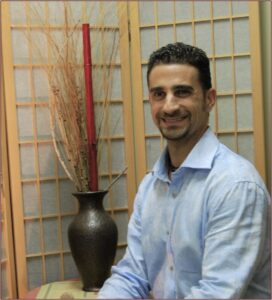
Jim Interviews Dr Canali
 Welcome! We have filmed four series of interviews with Jim and Dr Canali. We hope you find these educational videos helpful to your understanding in your healing process.
Welcome! We have filmed four series of interviews with Jim and Dr Canali. We hope you find these educational videos helpful to your understanding in your healing process.
During the interviews we discuss Unified Therapy™, which was the cornerstone of Jim’s work, and a wide variety of topics including the health and healing benefits of a regulated and balanced nervous system; early exposure to stressful experiences and its relation to chronic conditions; therapies; the mechanism of chronic stress, pain, and trauma; mindfulness and reaching higher states of consciousness for true innate healing.
Click here to view the Bonus Interviews
Click here to view the Series 3 Interviews
Click here to view the Series 2 Interviews
Click here to view the Series 1 Interviews
Jim’s interviews were edited and produced by Mary P Parker. For more information, we invite you to visit the Computer Management Corp website.
We Invite You to Watch Our Featured Video Interview
43:14 minutes
The Relationship with Your Mind, Brain, and Body
Jim Fazio and Dr Paul Canali talk about how one of the best and lasting attributes a human being can learn is the ability to have the relationship with your mind and your brain to be able to change your thoughts.
Interview Series Topics Menu
Jim’s Interview Series covers a wide variety of topics and answer many of the questions you may have about Unified Therapy™ and the healing process. There are 40 short videos in the series with Jim and Dr Paul Canali, the founder of Unified Therapy™, covering over 4 hours of information.
For your convenience, we have listed the menu below with a link to each specific video.